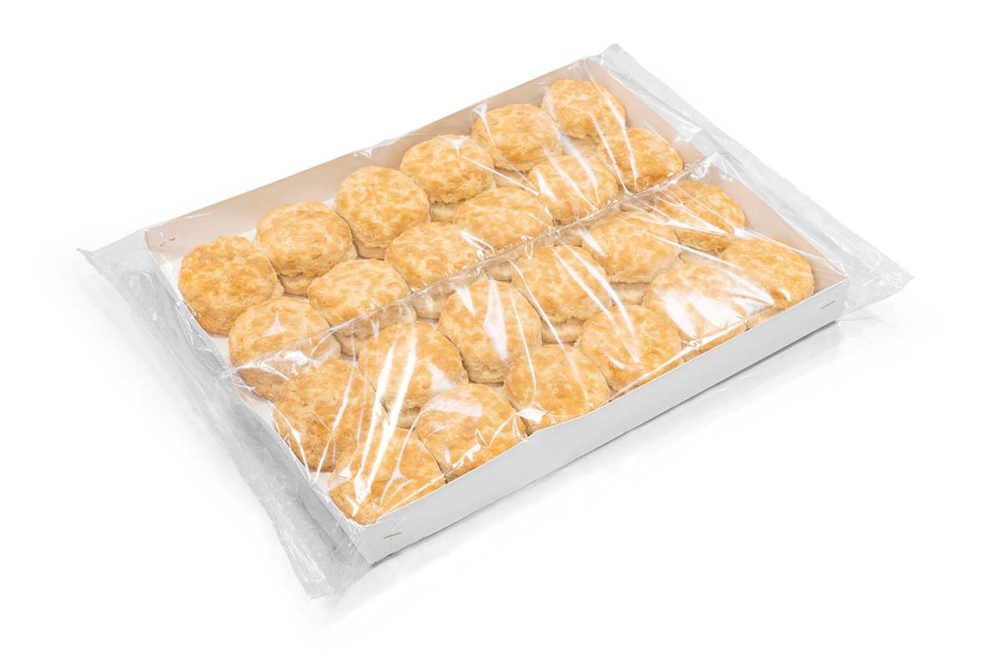While automation can free foodservice bakers of their capacity and workforce concerns, they may still find their operation constrained by the quality of the packages they’re using. Package quality can significantly impact the shelf life of foodservice products, as well as bakers’ geographic reach with potential customers.
With a depleted workforce resulting in fewer trucks on the road, John Williams, international sales manager, CV-Tek, Middleby Packaging Solutions, noted more attention has turned to modified atmosphere packaging (MAP). By filling packages with a mix of gases that inhibit moisture and mold growth, bakers can extend their shelf life and distribution area, all while requiring fewer deliveries.
“With modified atmosphere, instead of a bakery in Atlanta shipping to Florida, Tennessee and Alabama, they can go as far north as Canada, and as far south as Mexico,” he said. “And they can go practically to the West Coast if they get their shelf life under control.”
Tamper-evident seals are growing in popularity as well, Mr. Williams said, driven in part by heightened quality and contamination concerns from bakers and foodservice operators.
“Our customers used to just put the loaves in a thin polyethylene bag and just fold it over and ship it in a box every day,” he explained. “Now they’re actually wanting to see that the box or bag has been sealed at the factory, to prevent any issues with contamination.”
Bakers must nail down their specific shelf life needs before adopting new packaging, as the optimal solution will vary. A small bakery sending its products to a few stores, for example, may only require a polyethylene bag providing three days shelf life, Mr. Williams said. On the other hand, opting for a poly-nylon MAP bag may extend shelf life to 12 days, while a high barrier bag of poly-nylon and EVOH can extend it to 21 days.
Other considerations must be made to ensure products hold up once they’re delivered to foodservice establishments and the package is opened.
“You need packaging material that can hold up in the freezer, as well as packaging that can be opened properly and resealed if necessary to keep the remaining products safe and of high quality,” said Josh Becker, product manager, bakery/confection, Harpak-Ulma. “The key to packaging design is to understand the life of the product from manufacturing to end user consumption. The consumer needs to have the experience of fresh; they don’t need to know the supply chain of that product.”
Packaging can pose problems for foodservice bakers grappling with workforce challenges and those looking to improve the quality and throughput of their baked goods, but the latest technology can alleviate these concerns and help bakers flourish along with the category.
This article is an excerpt from the June 2023 issue of Baking & Snack. To read the entire feature on Foodservice Packaging, click here.





